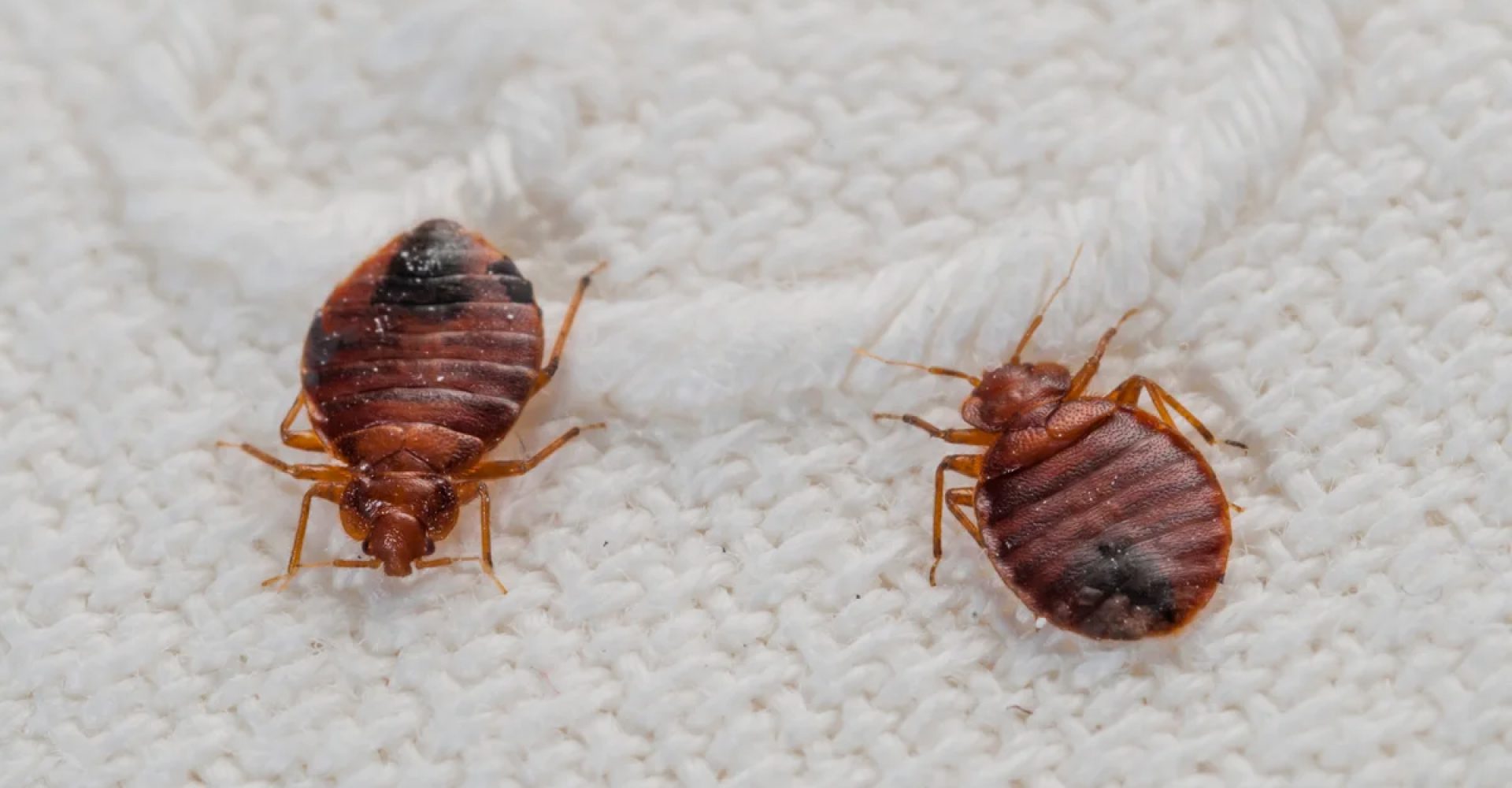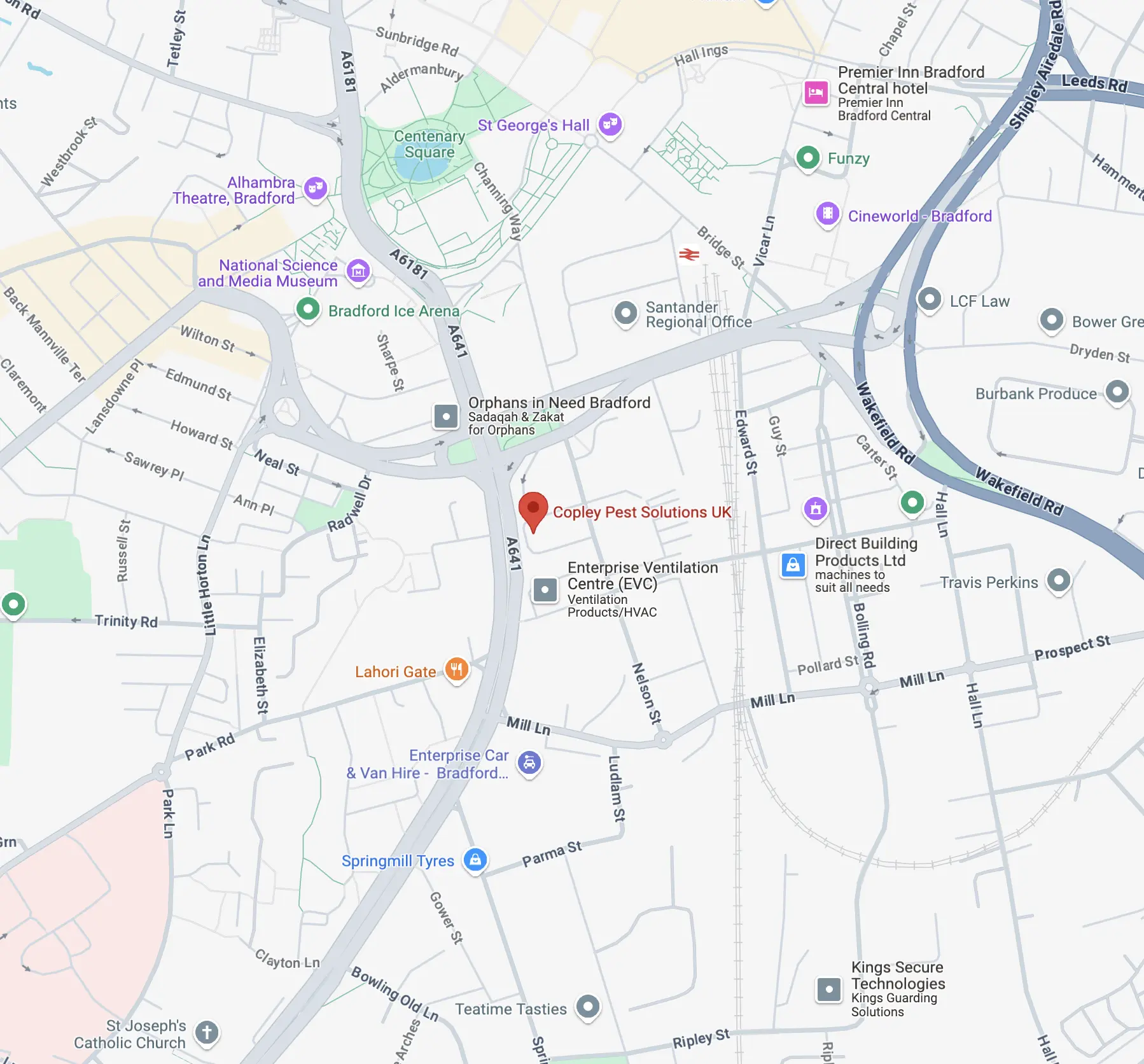
Bed Bugs Control
Contact your local technician
Bedbugs are small, brown parasites that survive on the blood of humans and animals. No doubt for most people this is a pretty disturbing thought and incredibly unpleasant to think about – especially when it comes to your own bed! Often, you’ll find that adult bed bugs have a flat body, around the same size as an apple seed. When a bedbug has recently extracted blood they turn a dark, red colour.
Bedbugs are unable to fly, however, they are quick and can move very fast over floors, walls or ceilings. Female bedbugs lay hundreds of eggs, these are about the size of a speck of dust.
Immature bedbugs, also known as nymphs, will shed their skin five times before they reach maturity, and they require a meal of blood before each shedding. Bedbugs are able to grow to full-sized in as little as one month, and they can produce three or more generations per year.
Fortunately, bedbugs do not transmit diseases, so despite the fact that they are a big issue for many and problematic, to say the least, it is pretty straightforward to remove them.

WHERE WILL I FIND BEDBUGS?
As they are small in size, bedbugs can enter your home on luggage and clothing as well as on used beds and sofas. Due to their flattened bodies, bedbugs can easily fit into small spaces, including spaces as tiny as the width of a credit card!
Although they do not have nests like ants or bees, bedbugs do tend to live in groups in hiding places. Plus, bed bugs usually house themselves in places where it is hard to notice them such as mattresses, box springs, bed frames, and headboards. These locations mean that bedbugs can easily bite you at night whilst you are sleeping.
A bedbug bite is usually painless at first but can turn itchy later. Moreover, a bedbug can bite any exposed area of your skin while you sleep, whereas fleas typically bite your ankles. Also, bedbug bites do not have a red spot in the centre like flea bites.
People often mistake a bedbug bite for a mosquito bite, which means that the infestation usually progresses into a bigger issue. It’s important to determine whether you have a bedbug bite and not a mosquito bite, reach out to a member of our team if unsure.
SIGNS OF INFESTATION
Waking up on a morning with itchy skin may be the first indicator that you have a bedbug infestation. This is especially important if you have a used bed or furniture and the itching started around the same time as when you bought these. Other signs that you have bedbugs include:
- Blood stains on your sheets or pillowcases.
- Dark or rusty spots of bedbug excrement on sheets and mattresses, bed clothes, and walls.
- Bedbug egg shells or shed skin in areas where bedbugs hide.
- An offensive, musty odour from the bugs’ scent glands
It is important to act as quickly as possible if you notice an infestation. We recommend removing all bedding and checking it for signs of the bugs or their excrement. Also, you should remove the dust cover over the bottom of the box springs and examine the seams in the wood framing. You should also peel back the fabric stapled to the wood frame.
WHEN BEDBUGS BITE
BedBugs are most likely to bite when you are sleeping at night. They feed by penetrating the skin and withdrawing blood through an elongated beak. Typically, bugs feed for three to ten minutes after which they crawl away to hide back in your mattress.
People often forget to check the surrounding areas of the bed, including bedside tables, books, telephones, radios, the edge of the carpet, and in electrical outlets. Plus, don’t forget to check your wardrobe because bedbugs are known to attach to clothing.
The longer bedbugs are left to infest your property, the higher the chance of them spreading through your bedroom. If left for a long time, they may even spread to nearby rooms or apartments. Another misconception is that only dirty houses have bed bugs, this is not true: you are just as likely to find bedbugs in immaculate properties compared to an unclean property.












